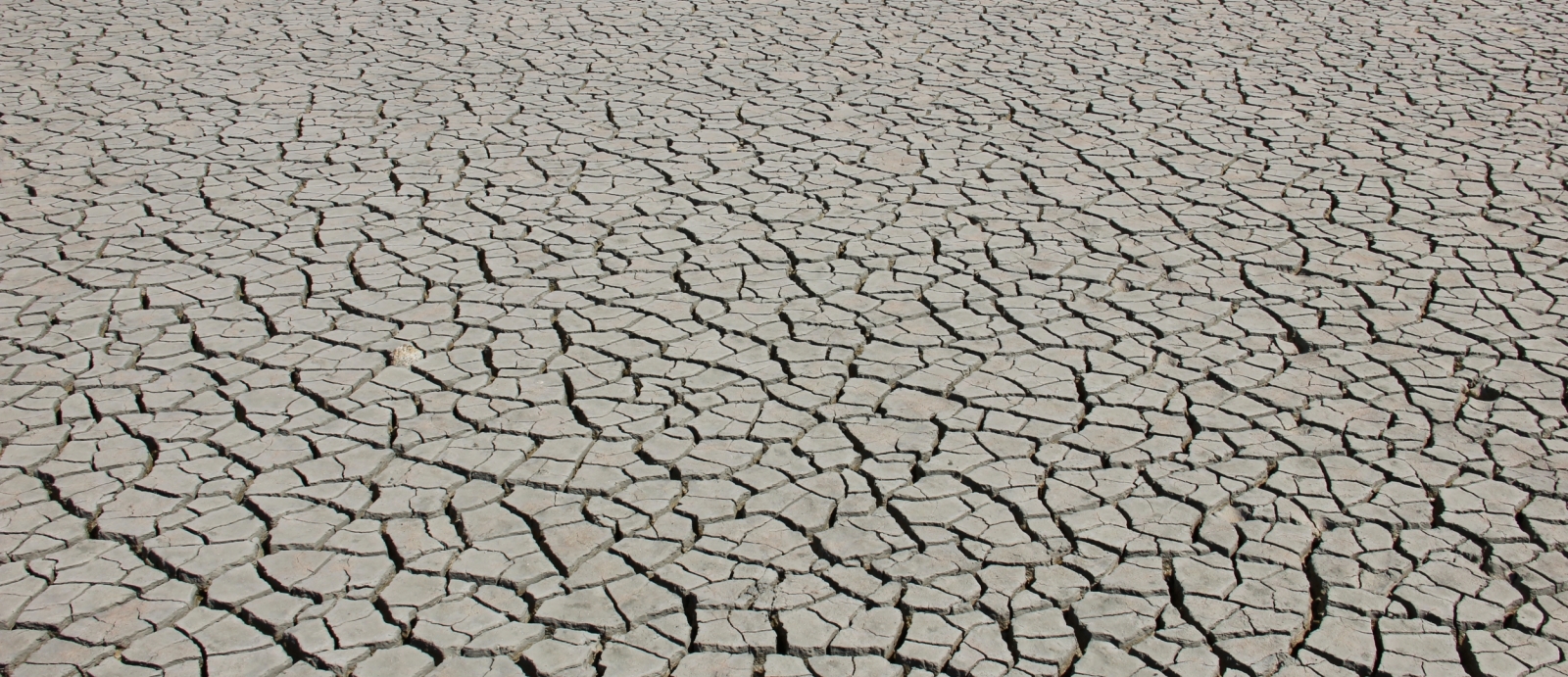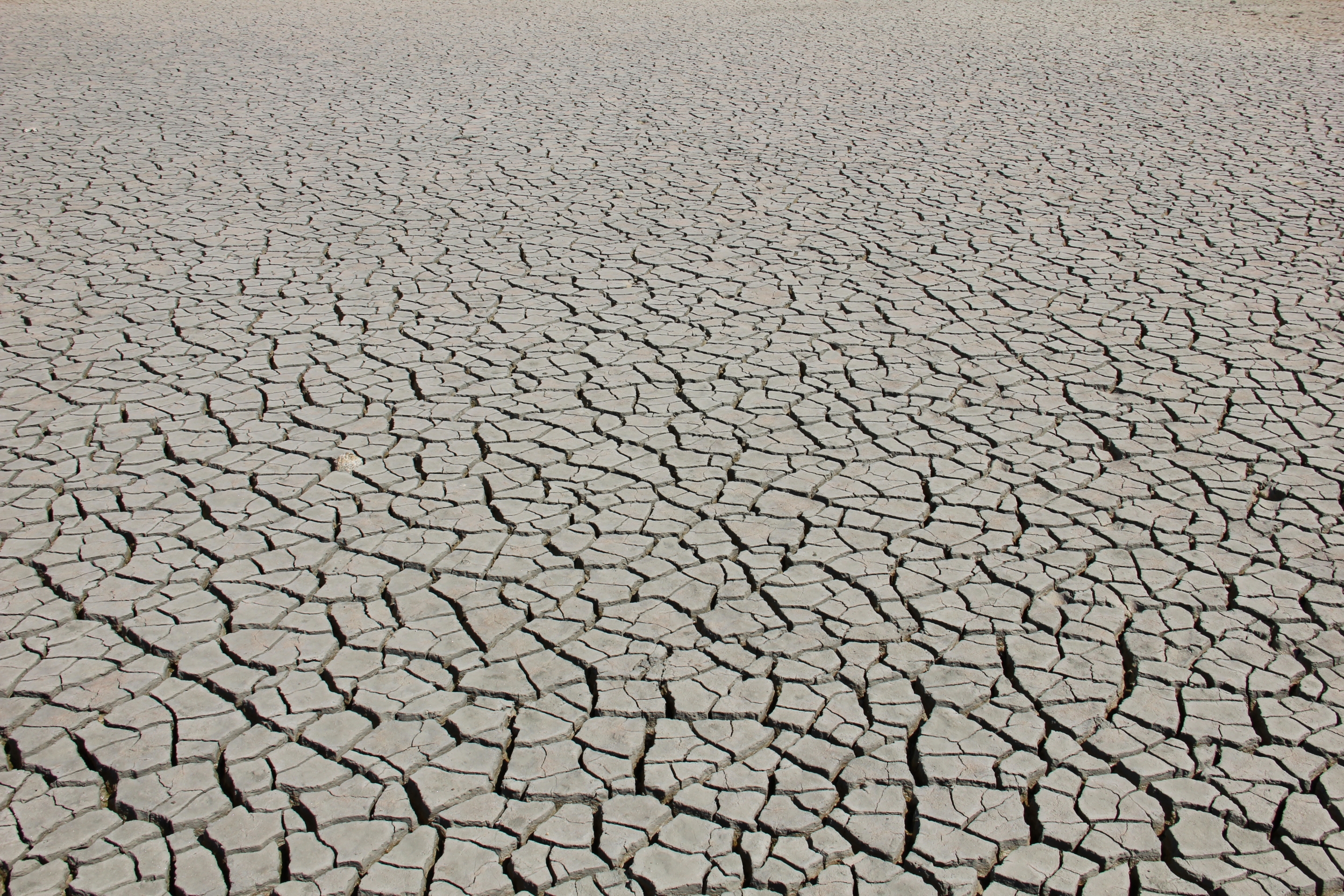
Workshop explores national security repercussions of climate change
Scientists can, to varying degrees of accuracy, model the climate. They can predict the rate at which greenhouse gas emissions grow, sea levels rise, and ocean temperatures warm. It is also possible to predict the direct impacts climate change will have to infrastructure, including to our nation's military bases. But modeling how societies will react to these climate-driven changes? That is arguably harder and the problem at the center of the Climate Change and National Security Workshop held on December 7.
The workshop, jointly organized by Lincoln Laboratory and the MIT Civil and Environmental Engineering Department and hosted at MIT, brought together science and policy experts from campus, U.S. Geological Survey, World Bank, U.S. Agency for International Development (USAID), and several other organizations to discuss how to predict social and political conflicts that may be caused or exacerbated by the impacts of climate change.
"What do we think those impacts of climate change will be, where and who will be affected, and will those impacts cause conflicts and problems? These questions prompt the kind of analysis that we think is needed," said Edward Wack, who led the workshop and is the assistant head of Lincoln Laboratory's Homeland Protection and Air Traffic Control Division.
The workshop resulted from a climate change study that Lincoln Laboratory conducted last year. The study's purpose was to develop the Laboratory’s strategy to understand, predict, mitigate, and adapt to climate change in ways that connect with the Laboratory's national security role. The federally funded research and development center's mission is to develop advanced technology that meets national security needs.
The Department of Defense (DoD) has weighed the national security implications of climate change for decades. In its 2014 Climate Change Adaption Roadmap, the DoD declared that "climate change will affect the Department of Defense's ability to defend the Nation and poses immediate risks to U.S. national security." Among the reasons that climate change is a risk is its role as a "threat multiplier." That is, it can significantly add to problems of instability — food and water shortages, diseases, economic insecurity, mass migration — that could boil over into conflict. In its most recent climate report, the DoD also assessed the direct impacts climate change poses to its installations over the next 20 years, and revealed that many of its installations are already facing climate-change related risks, including recurrent flooding at 15 bases, drought exposure at 43 bases, and wildfire risk to 36 bases.
"In general, climate change doesn't, on its own, cause conflict, but it makes bad situations worse, especially where local institutions and governments are fragile or lack the capacity to meet existing challenges," said John Conger, who is the director of the nonpartisan institute The Center for Climate and Security and formerly the principal deputy under secretary of defense (comptroller) at the DoD. He was one of several presenters at the workshop.
"The DoD monitors the security situation globally and has often deployed to regions that are embroiled in conflict or have endured natural disasters. Broadly, the DoD will better be able to anticipate where those requirements will emerge if it incorporates climate change into its global calculus," he said.

Anticipating these requirements will depend partly on regional climate models. MIT Professor Elfatih Eltahir of the Department of Civil and Environmental Engineering is developing such models. His research seeks to simulate the climate of different regions around the world in order to understand how climate change and human activity may impact water availability, extreme weather, and the spread of diseases in those areas. He and his students have developed sophisticated numerical models, such as the MIT Regional Climate Model, that are used for predicting such impacts at regional scales.
"Regional climate models are designed with the skill of simulating climate processes at regional and local scales — 100 kilometers to 10 kilometers," Eltahir said. "With such a high resolution, these sophisticated models are capable of resolving the impact of climate change on variables that are important for society."
At the workshop, Eltahir shared his modeling results, such as the high likelihood of severe heat stress impacting regions of South Asia — in particular, heat waves with wet bulb temperatures (the lowest temperature at which air can be cooled through evaporation of water into it) predicted to be higher than any recorded in history and in the deadly range. These modelled conditions may be predictors of mass migration as populated areas become unhabitable.
Adam Schlosser, a senior research scientist in the MIT Center for Global Change Science and deputy director of the MIT Joint Program on the Science and Policy of Global Change, discussed the Joint Program's analysis of water stress in India and China, showing predictions of serious problems by mid-century. He then compared a variety of possible interventions. One intervention would be reducing greenhouse gas emissions, which their analysis shows makes a modest but noticeable reduction in water stress. Other actions directly aimed at conserving water, such as lining irrigation canals with concrete and irrigating more efficiently, show a bigger impact.
These types of intervention analyses may help policy makers confront future climate-related decisions. Schlosser also presented the Joint Program's work coupling economic models with global climate models. This research aims to delineate the economic and climatic impacts of different policy decisions.
"Dr. Schlosser's talk highlighted that climate change is coupled to a variety of other environmental issues, and it isn't always clear how to compare climate mitigation, or reducing the emission of greenhouse gases, with direct attacks on or adaptations to specific problems," said Deborah Campbell, an associate technology officer at Lincoln Laboratory. "Mitigation may cover more problems and be better in the long run, but adaption to a particular environment problem may be more efficient at solving a short-term problem."
When it comes to adaptation, technology can have an immediate impact. Dave Harden, who previously worked for the USAID Bureau for Democracy, Conflict, and Humanitarian Assistance for the Obama administration, pointed to the use of desalination technology to solve low water-supply problems in the West Bank and Gaza and its impact on easing potential conflict over the issue between Israel and Palestine.
For Lincoln Laboratory, modeling climate-related scenarios is the first step in figuring out what technology will be needed for adapting to new challenges. Last year, researchers from the Laboratory and the Joint Program published a study that found that the expected lifetime of power transformers will be reduced by up to 40 percent as a result of an increasing number of hot days in the United States. Putting monitoring systems in place today, for example, could help energy providers plan for these replacements before widespread grid disruptions occur.
Eltahir also added that technological solutions in the form of new sensors or satellite technologies, such as those developed at Lincoln Laboratory, could provide new, high-resolution data about land surface conditions and atmospheric conditions. Such data would help in developing more accurate regional climate models.
Wack sees the Laboratory and MIT continuing to partner on research that investigates how climate change will impact our lives and what role technology can play in avoiding bad outcomes at home and globally. "Climate change poses a real threat to our national security and will require our nation’s best expertise to get out ahead of, and solve, these challenges," he said. "We’re excited to join with MIT campus to develop the advanced technologies needed to protect the nation."